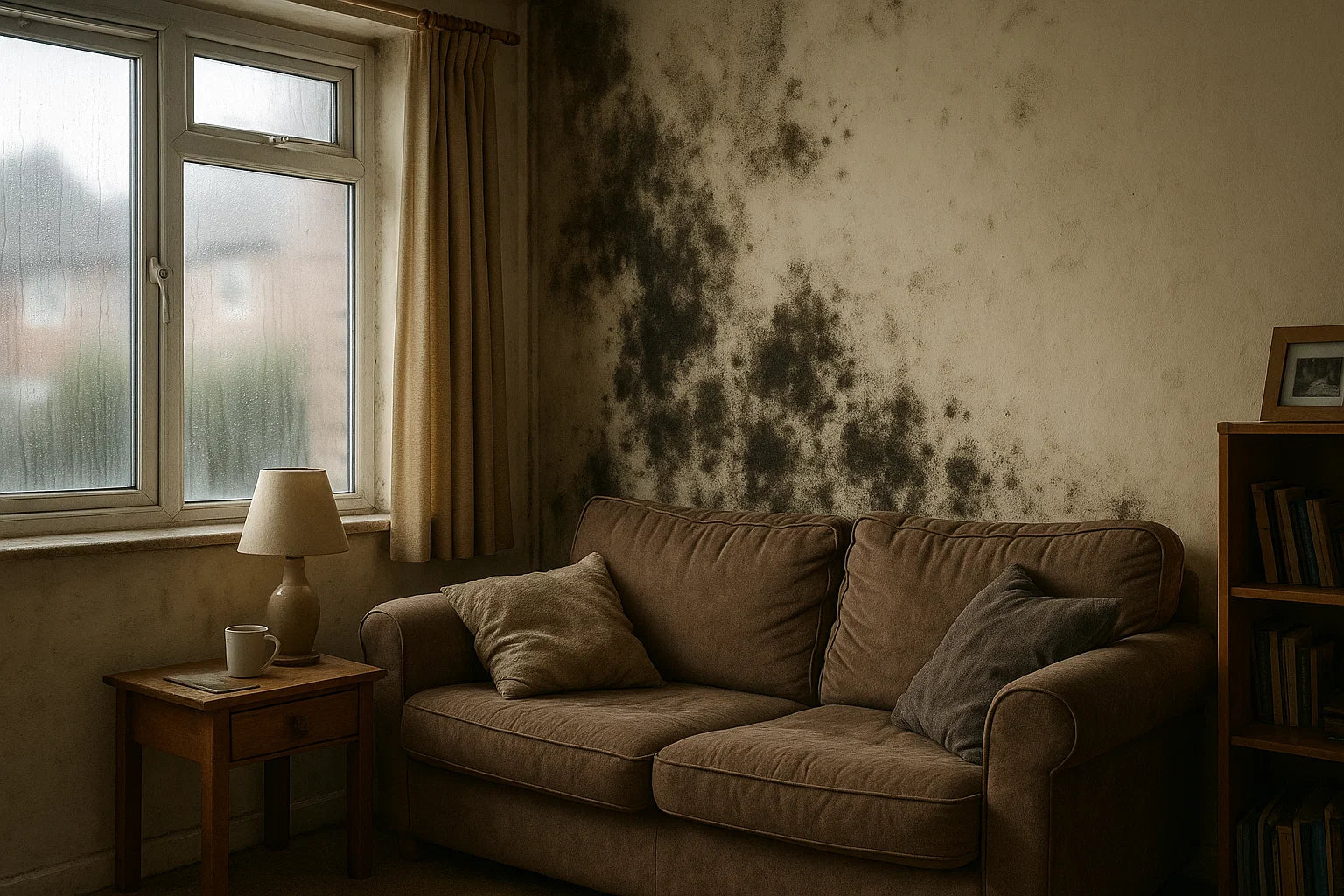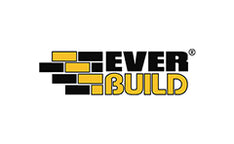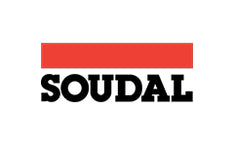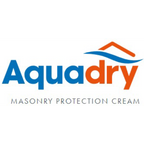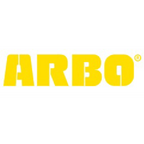What is Awaab’s Law?
Awaab’s Law was created following the tragic death of Awaab Ishak and is part of the Social Housing (Regulation) Act 2023. The law requires social landlords in England to act quickly when damp, mould or other serious hazards are reported.
Go-live: The Hazards in Social Housing (Prescribed Requirements) (England) Regulations 2025 are due to take effect on 27 October 2025, with set timeframes for investigation and repair, starting with damp and mould and expanding to more hazards from 2026.
While Awaab’s Law directly applies to social housing, its standards are shaping expectations across the wider rental sector. Proactive prevention and rapid response are now non-negotiable.
Official Legislation & Guidance
If you want to read the law and official guidance directly, here are the key sources:
- Hazards in Social Housing (Prescribed Requirements) (England) Regulations 2025 – The regulations due to take effect on 27 October 2025, setting out landlord duties on damp and mould.
- Awaab’s Law: Draft guidance for social landlords – Explains how the new requirements are expected to work in practice.
- Social Housing (Regulation) Act 2023 – The Act that introduced Awaab’s Law and the framework for prescribed requirements.
- Final Stage Impact Assessment – Awaab’s Law (PDF) – Government analysis of the expected impacts, timelines and enforcement.
These official documents set out the technical details of Awaab’s Law, but for landlords, tenants, and homeowners the key question is: what does this mean in practice? Below, we break down how damp and mould affect homes, what signs to look for, and the solutions you can use to stay safe, compliant, and protected.
Why Damp & Mould Matter
Damp and mould can trigger and worsen respiratory illness, allergies and asthma—especially in children, older adults and vulnerable tenants. They also damage building fabric, reduce energy efficiency and create costly repair liabilities if not tackled early.
What to Look For: Early Signs of Damp, Mould & Condensation
Visual Clues
- Black or dark speckled spots on walls, ceilings, window reveals and silicone seals (typical of condensation mould).
- Peeling wallpaper, blistering paint, or tide-marks on plaster.
- White, powdery salts (efflorescence) on brick or plaster, especially near floor level.
- Yellow-brown stains or damp patches that grow after rain (often penetrating damp or roof leaks).
- Condensation on windows in mornings; persistent wet sills or mould on frames.
- Cold patches on internal walls detectable by touch (possible thermal bridging/insulation gaps).
Room-by-Room Checklist
- Kitchens & bathrooms: Steam lingering, extractor fans underperforming, mould on grout or ceiling corners.
- Bedrooms: Condensation on glazing, mould behind wardrobes on external walls.
- Living rooms & halls: Musty odours, lifting skirtings, crumbling plaster at low level.
- Lofts & roofs: Dark stains on felt, wet timbers, daylight visible through tiles, blocked/insufficient ventilation.
- Basements & cellars: Damp smell, sweating walls, flaking paint—look for continuous moisture or salt bands.
Quick Checks You Can Do Today
- Tissue test: Press a dry tissue to a stained patch—if it wets quickly, active damp is present.
- Rain correlation: If patches worsen after rainfall, suspect gutters, downpipes or cracked masonry.
- Ventilation check: Hold tissue to an extractor—if it doesn’t draw, airflow is inadequate.
When It’s Urgent (Awaab’s Law Context)
If you find widespread mould, recurring damp patches, or leaks affecting electrics, escalate immediately. Landlords should log the report, photograph the issue, and initiate investigation and remedial action within the statutory timeframes.
What Causes Damp & Condensation in UK Homes?
1) Condensation (Moist Air on Cold Surfaces)
Typical signs: Morning window wetting, black mould on silicone/paint, musty smell.
Why it happens: High humidity from cooking, bathing and drying clothes meets cold surfaces; poor ventilation or inadequate heat balance worsens it.
Fix & prevent: continuous extractor fans, trickle vents, dehumidifiers, fungicidal washes & anti-mould paints. See our Condensation Management range.

2) Penetrating Damp (Water Ingress Through the Envelope)
Typical signs: Localised patches that worsen after rain, staining under window cills, chimney breast damp.
Causes: Leaky gutters/downpipes, defective pointing/render, porous masonry, failed seals and flashings.
Fix & prevent: gutter & roofline repair, repointing mortars, masonry protection creams, exterior waterproof coatings. Explore Damp Proofing & Waterproofing.

3) Rising Damp (Moisture Wick-Up from Ground)
Typical signs: Salt bands/tide marks up to ~1 m, crumbling skirtings, decayed timber at low level.
Causes: Missing or bridged DPC, high external ground levels, saturated walls.
Fix & prevent: DPC injection creams/systems, reduce bridging (lower soil/paving), damp-proof membranes, salt-resistant replaster systems.

4) Plumbing & Roof Leaks
Typical signs: Distinct wet areas, ceiling staining, issues near bathrooms/kitchens or below loft tanks.
Fix & prevent: Repair pipework/valves, replace failed seals, renew tiles/felt/flashings; dry out and treat surfaces with biocidal washes & anti-mould coatings.

5) Thermal Bridging / Cold Spots
Typical signs: Repeat mould in the same corners/edges despite cleaning.
Causes: Structural elements that conduct heat out (lintels, corners), insufficient insulation, furniture tight to cold walls.
Fix & prevent: Improve ventilation/air mixing, consider thermal/insulating interior coatings, space furniture off external walls, maintain even background heat.

6) Lifestyle Moisture Loading
Examples: Drying clothes indoors, tight window seals without trickle vents, over-sealed rooms, high plant count/aquariums.
Fix & prevent: Vent-assisted drying, outdoor or condensing dryers, fit trickle vents, use dehumidifiers, upgrade to continuous-run extractor fans.
Shop Damp Proofing & Waterproofing · Shop Condensation Management· Book an Approved Contractor (30-Year Guarantee) - Call Us
Legal Responsibilities & Timeframes (Awaab’s Law)
- Investigate hazards promptly: Landlords must assess reported damp/mould within a set timeframe (draft guidance proposes within 14 days of a report).
- Emergency hazards: Make safe within 24 hours.
- If a serious hazard is found: Begin repairs within 7 days and complete within a reasonable period.
- If the home cannot be made safe quickly: tenants may need to be decanted while works proceed.
- Communication: Keep the tenant informed and provide written updates/confirmation when works are complete.
Note: Awaab’s Law initially prioritises damp and mould from October 2025, with further hazards phased in from 2026.
If You’re a Tenant: What to Do
- Report in writing to your landlord/housing provider with clear description and dates.
- Add photos/videos and note whether issues worsen after rain or appear in specific rooms.
- Allow access for inspection/repairs and keep copies of all correspondence.
- Escalate if deadlines are missed—ask for timescales, and seek advice from relevant bodies where appropriate.
If You’re a Landlord: How to Stay Compliant
1) Regular Inspections
- Check high-risk rooms (bathrooms/kitchens/bedrooms) and behind large furniture on external walls.
- Inspect roofs, gutters, downpipes and pointing—especially after storms.
2) Preventative Maintenance
- Upgrade ventilation, add trickle vents, and advise on humidity control.
- Protect envelopes with masonry protection creams / waterproof coatings.
- Address ground level bridging and consider DPC injection where appropriate.
3) Record Keeping
- Log reports, inspection dates, findings, photos, and works completed.
- Provide written updates and completion confirmations to tenants.
Condensation Management Solutions
Reduce humidity, improve airflow and protect surfaces with products designed to stop mould at the source:
- Continuous extractor fans for kitchens and bathrooms.
- Trickle vents for controlled background ventilation.
- Dehumidifiers for problem rooms or drying laundry.
- Fungicidal washes & anti-mould paints to clean and protect surfaces.
Damp-Proofing & Waterproofing Solutions
Stop water ingress and protect the fabric of your building with proven systems:
- Masonry protection creams for breathable, long-lasting water repellency.
- DPC injection creams/systems to combat rising damp.
- Slimline and cavity damp-proof membranes for internal separation and lining.
- External waterproof coatings for walls and details.
- Roofline & gutter sealants/repairs to prevent penetrating damp.
Why Choose DIY Refurb
- UK-wide approved contractors for surveys, installation and remedial works via sister company, Biokil Crown Ltd.
- 30-year guarantee on damp proof course installation treatments, cementitious tanking systems & CDM systems for approved contractors for long-term peace of mind.
- Professional-grade products for both DIY and trade—specified and used by specialists.
- Fast compliance support: Our teams help you meet Awaab’s Law timeframes.
Condensation Products · Damp-Proofing Products
DIY Refurb now offers the Concur 360 PIV unit to remove black mould and condensation from your property supplied & installed for 1 fixed price. View here.
Problems vs Solutions (Quick Compare)
| Common Problem | Risk/Impact | DIY Refurb Solution |
|---|---|---|
| Morning window condensation & mould on seals | Respiratory risk; Awaab’s Law hazard | Continuous extractor fans, trickle vents, anti-mould paints |
| Damp patches after rain / stained reveals | Penetrating damp; fabric decay | Gutter/roofline repair, masonry cream, waterproof coatings |
| Tide marks & salts up to 1 m | Rising damp & timber decay | DPC injection, DPM membranes, salt-resistant re-plaster |
| Localised wet ceilings/walls under bathrooms | Leaks; electrical risk | Repair plumbing/tiles; biocidal wash & protective coatings |
Final Thoughts
Awaab’s Law raises the bar for tackling damp and mould—rightly so. The best approach is a mix of early identification, addressing root causes, and using proven products to prevent recurrence. For fast, compliant outcomes backed by a 30-year guarantee, use our Approved Contractor network or explore our condensation and damp-proofing ranges.


